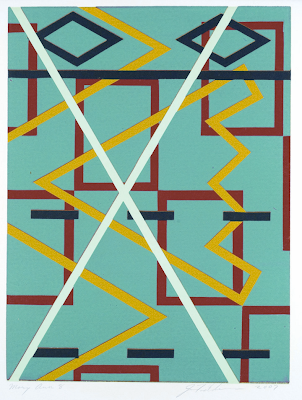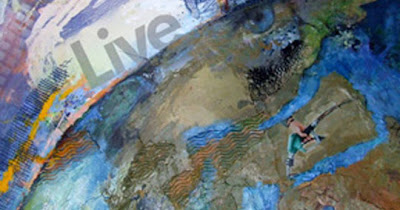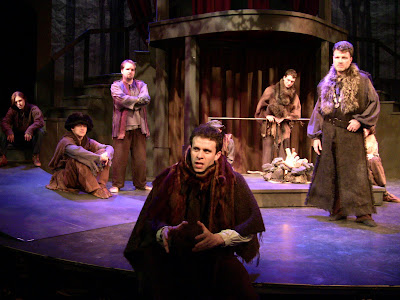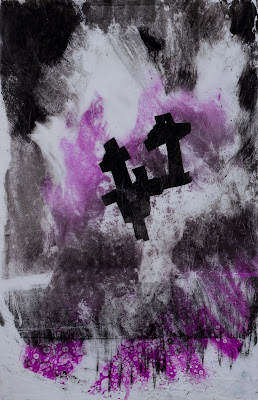Hot damn!
It’s Art at Work Month in Tacoma
Published in the Weekly Volcano, Oct. 29, s009
Photo courtesy Chandler O'Leary
Titles usually need to be short. Otherwise it should be called Art at Work and at Home and Where You Play Month. Art is everywhere in T-town for the month of November. Visual and performing art, parties, lectures, readings, exhibitions, Art Slam, classes and workshops, studio tours. And it all starts tonight with an opening celebration at Tacoma Art Museum.
The opening party features live music by the Tacoma Youth Symphony, poetry by William Kupinse and Tammy Robacker, hors d’oeuvres, desserts compliments of Bates Culinary Arts Program, and a no-host bar. The main event will be recognition of the AMCOT Awards. It’s from 6 to 9 p.m., and it’s free.
The studio tours are Saturday and Sunday, Nov. 7-8 from 10 a.m. to 4 p.m. with 75 artists opening their studios to the public. There will be demonstrations and, in some instances, hands-on art activities. Following are examples of a few of the participating artist studios.
Holly Senn is fast becoming Tacoma’s premiere sculpture/installation artist. Her work using cast-off books as material is intelligent, provocative and well designed. Visitors to her studio will be able to create their own collages using pages from old books.
Bill Colby, printmaker. See how woodcuts and etchings are made and ask the artist why blue is his favorite color.
Chandler O’Leary, printmaker, book artist and proprietor of Anagram Press. See how she makes her prints and make your own small keepsake print on an antique Kelsey platen press.
Oliver Doriss, glass artist and owner of Fulcrum Gallery, named Best Tacoma Gallery two years in a row by this critic as well as by a poll of Weekly Volcano readers. Doriss’ studio is in the gallery so you get to see where he works and see the latest show at Fulcrum in one stop.
Carlos Taylor-Swanson and Steve Lawler are both fine art woodworkers and furniture makers. See their work at Madera Fine Decorative Furnishings.
Tacoma Community College. You can be an art student for a day, make a cast aluminum block tile or throw your own pot on a wheel. TCC art faculty will be on hand to guide you ($5 material fee required).
The husband and wife team of C.J. Swanson and David N. Goldberg open up their home studio. See how they work separately but side-by-side and see if you can spot ways in which they influence one another. Where do you draw the line between stylized imagery and pure abstraction and why is Goldberg’s latest work morphing toward more recognizable imagery?
Some studios are open both days and some one day only. Schedules, maps and descriptions are available in the Art at Work brochure available at many venues around down and online.
The other big event is Art Slam, Nov. 18 from 6:30-9 p.m. at the Rialto Theater. Art Slam is a fast-paced live projection of artwork on a big screen to the accompaniment of music and live spoken word performances.
Finally, there will be an Arts Symposium at University of Puget Sound Wyatt Hall Nov. 14 and 15 with workshops for artists on how to market your art, legal issues, budget management and other issues on the business end of art.
For more information and complete schedule of Art at Work month, click here.

















